Scientists’ Favorite Cells: From Gut Bacteria to Heartbeat Generators
The Cells That Captivate Scientists: A Tour of Biology’s Hidden Stars
Every cell in your body has a job. But some are so extraordinary—so clever, beautiful, or mysterious—that they become a scientist’s favorite. At Stanford Medicine, researchers were recently asked to name the cell they admire most. Their answers reveal a world of biological wonder, with deep implications for medicine, microbiology, and human health.
At ClinicalMicrobiology.org, we’re especially interested in how these cells—human and microbial—shape immunity, disease, and healing. Let’s meet a few standouts.
The Gut’s Double-Agent: Bacteroides thetaiotaomicron
Dr. Justin Sonnenburg calls this gut bacterium a “magician.” Normally, B. theta helps us by breaking down dietary fiber we can’t digest on our own, turning it into nutrients that support our health.
But there’s a catch: if you don’t eat enough fiber, B. theta starts eating the mucus lining your gut instead. This can weaken your intestinal barrier, trigger inflammation, and even contribute to chronic disease.
“Good fences make good neighbors,” Sonnenburg says. Feed your gut microbes well, and they’ll protect you. Starve them, and they may turn against you.
This tiny bacterium was the first major gut microbe to have its genome sequenced—kickstarting the modern study of the human microbiome.
The Shape-Shifter: Choanoflagellates
These single-celled organisms look like “sperm with skirts,” says Dr. Florentine Rutaganira. They live in water, using a whip-like tail (flagellum) and a collar to trap bacteria for food.
But here’s the twist: choanoflagellates can also team up to form multicellular colonies—chains, rosettes, even tree-like structures—depending on the bacteria around them.
Why does this matter? Because choanoflagellates are our closest single-celled relatives. Studying how they switch between solo and group life helps scientists understand how animal cells first evolved to communicate—and how that communication breaks down in diseases like cancer.
The Silent Invader: Salmonella Typhi
Most people know Salmonella from food poisoning. But Salmonella Typhi—the strain that causes typhoid fever—is far more cunning.
It doesn’t just infect the gut; it sneaks into immune cells called macrophages and turns them into cozy hideouts. Inside, it manipulates over 20 host pathways to survive, multiply, and spread.
Even scarier? Some carriers show no symptoms but silently spread the bacteria—just like “Typhoid Mary” in the early 1900s.
Dr. Denise Monack describes it as “a tiny cell biologist working from inside your immune system.” Understanding its tricks could lead to better vaccines and treatments for this deadly pathogen.
The Heart’s Pacemaker: Sinoatrial Node Cells
Hidden in the upper right chamber of your heart is a tiny cluster of cells that sets your heartbeat—about 2.5 billion times in an average lifetime.
These sinoatrial (SA) node cells generate electrical pulses that tell your heart when to contract. Damage them—through surgery, aging, or disease—and you may need an artificial pacemaker.
Dr. William Goodyer is working to map and protect these elusive cells. His team even developed special dyes to help surgeons see them during operations, reducing accidental injury.
Because these cells act like neurons, they blur the line between the nervous and cardiovascular systems—a reminder of how deeply interconnected our biology really is.
The Ear’s Elegant Sensors: Hair Cells
Tucked inside your inner ear are about 15,000 hair cells that detect sound, motion, and balance. They’re exquisitely organized—like statues on a checkerboard—and stunning under the microscope.
But here’s the problem: they don’t regenerate in humans. Once lost to noise, drugs, or aging, hearing loss is usually permanent.
Dr. Alan Cheng is using genetic reprogramming to try to regrow them. His work could one day restore hearing without implants—transforming life for millions with hearing impairment.
The Body’s Repair Crew: Fibroblasts
Often overlooked, fibroblasts are the “foot soldiers” of healing. After an injury, they rush in to build scar tissue—sealing wounds quickly, a trait that likely helped our ancestors survive in the wild.
But in modern humans, this response can backfire. Overactive fibroblasts cause fibrosis—excess scarring in the heart, lungs, or liver—which contributes to nearly half of all deaths worldwide.
Dr. Michael Longaker discovered that fibroblasts respond to physical forces in their environment. Block those signals, and wounds can heal without scars. This opens doors to regenerative therapies that restore tissue instead of replacing it with scar.
Why These Cells Matter to Clinical Microbiology
While some of these cells are human and others microbial, they all highlight a core truth: health depends on communication—between cells, between species, and between body systems.
- Gut bacteria like B. theta teach us how diet shapes immunity.
- Pathogens like Salmonella Typhi reveal how microbes hijack host biology.
- Human cells like fibroblasts and SA node cells show how structure, signaling, and environment dictate function.
Understanding these interactions is at the heart of clinical microbiology—where infection, immunity, and cellular behavior collide.
Final Thought: Follow the Wonder
As Dr. Irving Weissman, a pioneer in stem cell research, puts it:
“If you get a result that’s a little unexpected, explore it.”
That curiosity—about a “cute” choanoflagellate, a silent typhoid carrier, or a heartbeat-generating cell—is what drives medical breakthroughs.
Want More Deep Dives into Cellular Science?
Stay ahead with the latest in microbiology, immunology, and regenerative medicine.
👉 Subscribe to ClinicalMicrobiology.org for expert insights, plain-language explanations, and updates on the cells shaping the future of health.
Note: This article is inspired by reporting from Stanford Medicine’s “My Favorite Cell” feature (Issue 2, 2024). All scientific credit belongs to the cited researchers. Content has been fully rewritten for originality and educational clarity.
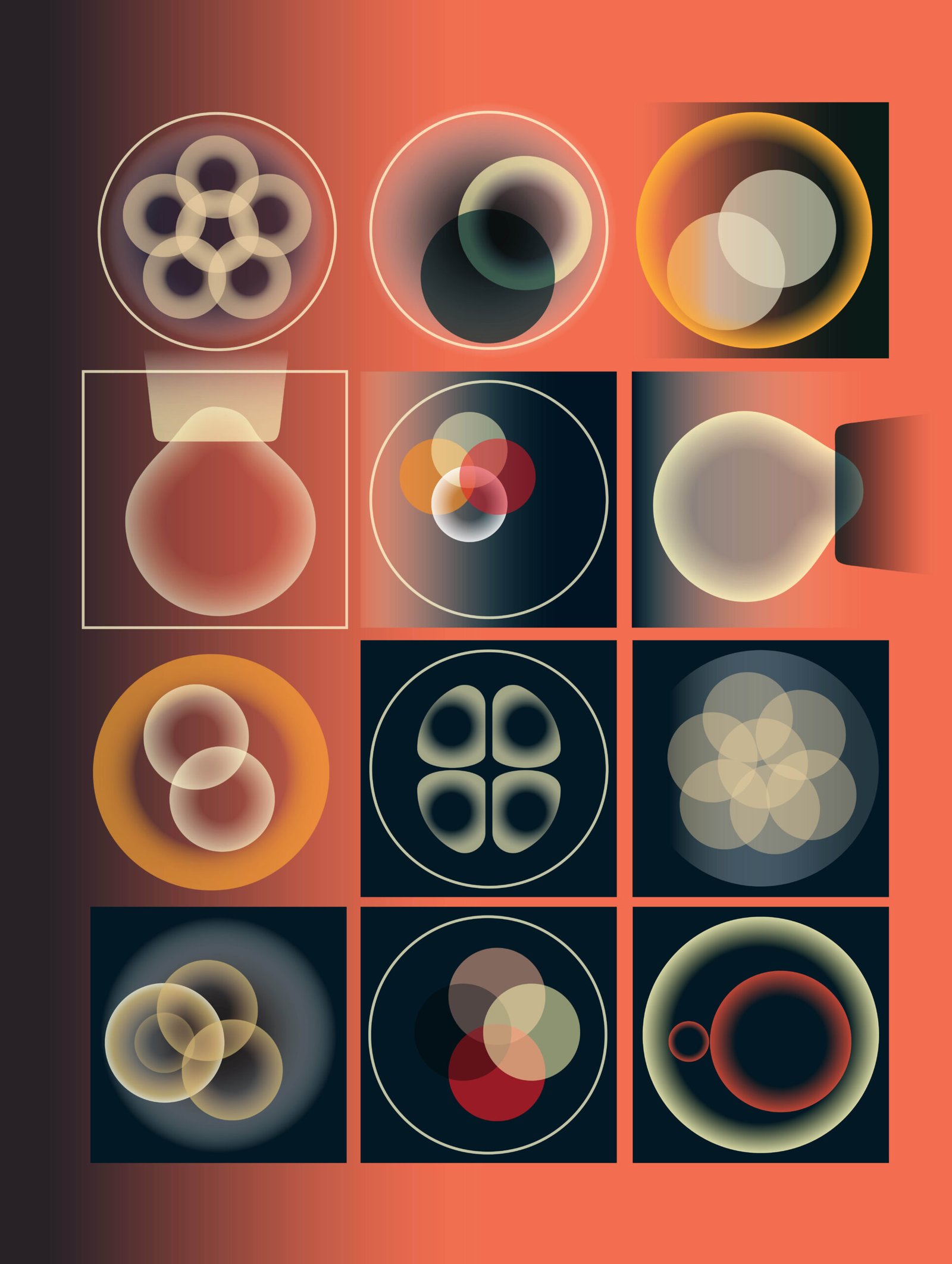
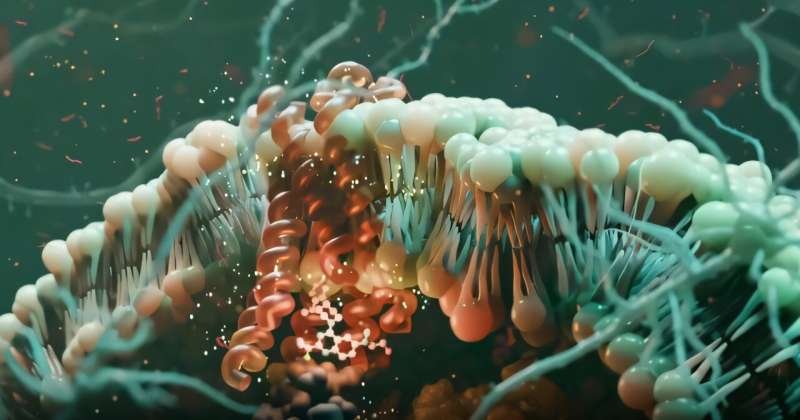
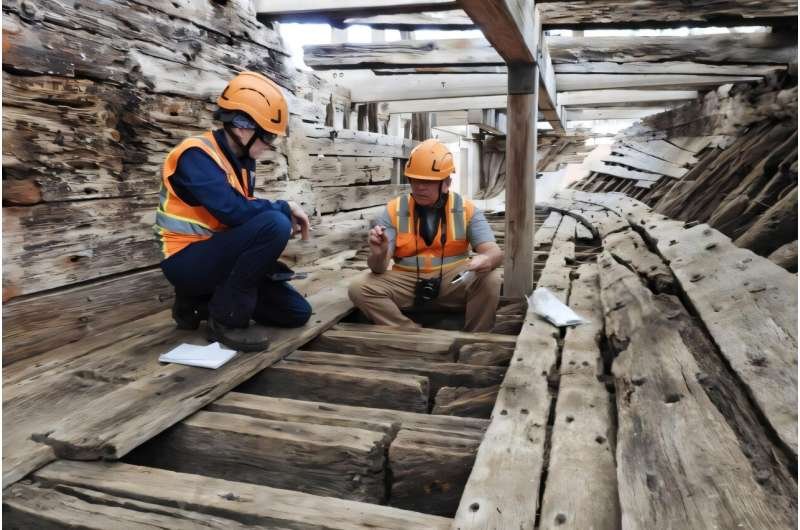
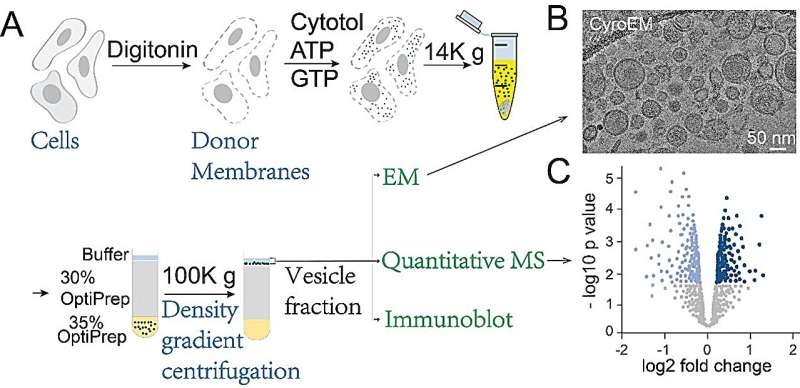
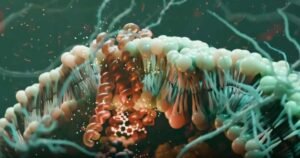
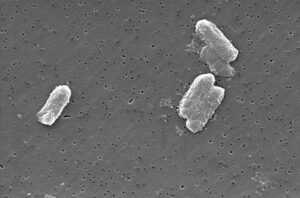
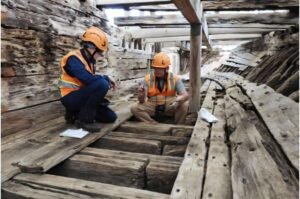
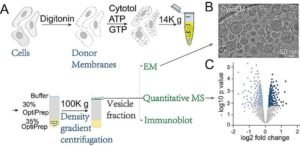
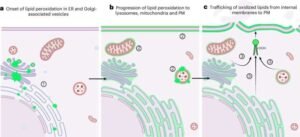

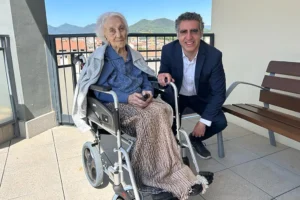

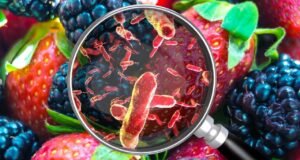
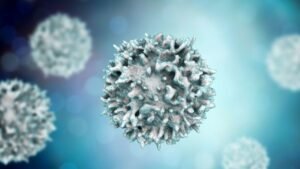
Post Comment